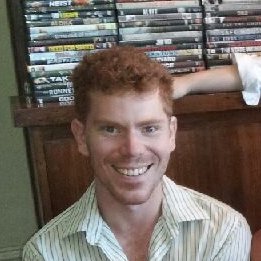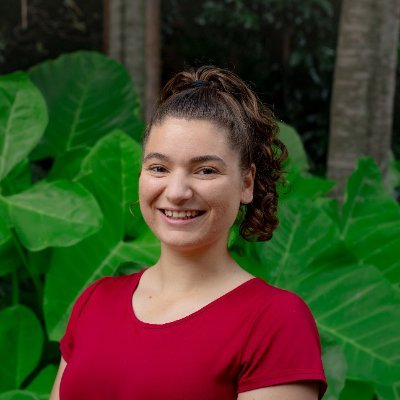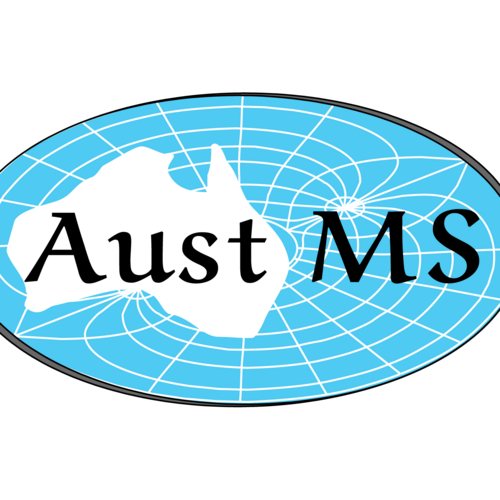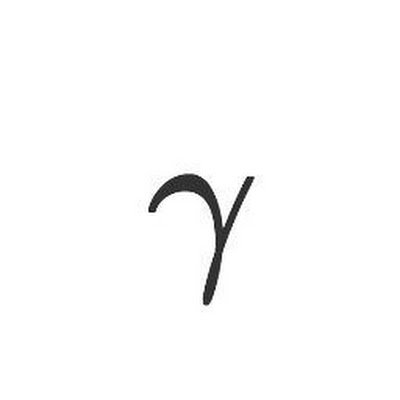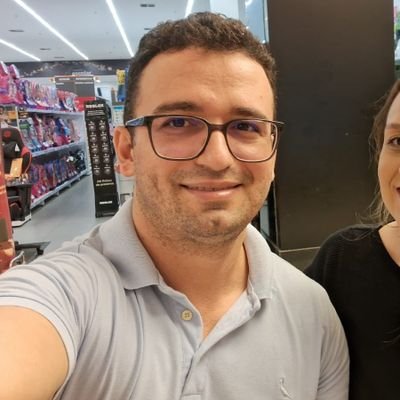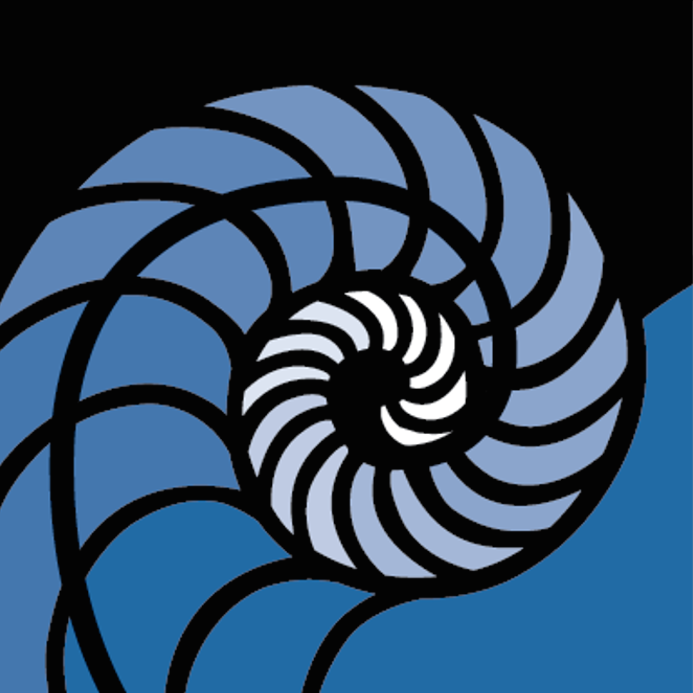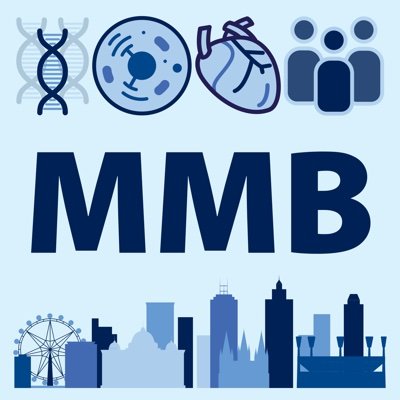
Melbourne Mathematical Biology
@MelbMathBio
A part of the School of Maths and Stats at @unimelb, using mathematical, statistical and computational methods to model and analyse complex biological systems.
You might like
Excited to share our latest research into P. vivax elimination via MDA just published in @Epidemics 📄Thank you to my collaborators @j_mccaw, @aezarebski, @rihickson and @JenniferFlegg sciencedirect.com/science/articl… 1/5
Super excited to finally share our preprint “Jump-Switch-Flow: hybrid stochastic-deterministic solutions of compartmental models”! 🥳 Huge thanks to @aezarebski, Sophie Hautphenne, @rob_models, @JenniferFlegg and @mark_flegg 📊, go #ScienceTeam! A 🧵 1/n. arxiv.org/abs/2405.13239
(1/n) A huge thank you to @AntoineZwaans, @laduplessis, @B_Gutierrez_G and @EvolveDotZoo for all their hard work on Timtam for BEAST2 🥳doi.org/10.1101/2023.0…
Congratulations to @S_T_Johnston, Matt Faria and @DIYOzzy for their #DiscoveryProject “Mathematical models to connect experiments across biological scales” 🥳
We are so excited to congratulate Camelia Walker for their success in being announced as a #SuperstarsofSTEM! scienceandtechnologyaustralia.org.au/what-we-do/sup…
Closing for our conference on the Frontiers of Mathematical biology, James McCaw gave us a wonderful overview of the program, as well as a beautiful close and acknowledgement to Edmund, we’d love to thank all those who came, and honoured Edmund and his legacy with us

A really beautiful presentation thanks to @adrianne_jenner “Using mathematics to add insight into Multiple Sclerosis”, with some really exciting early results!

An elegant introduction to bond-graph models, and a really exciting framework by Niloofa Shahidi in her presentation “Towards automation in model composition for systems biology”

Starting the final day of our Workshop, Claire Miller presents her PhD work with Edmund and @DIYOzzy, in “Multiscale agent-based modelling of the epidermis”, giving us a beautiful presentation on coupling both agent-base models and sub-cellular

Closing day 2, @robynaraujo gave a wonderful talk “‘Unpicking’ integrals in cellular signalling networks”

In the afternoon session, @S_T_Johnston gave a great presentation “Mathematical models of nanoparticle-cell interactions” on some early work with Edmund, and also where part of the work has led to

Thanks to Peter Hunter for his captivating talk “Whole-cell modelling with bond graphs and CellML”, which highlighted the impact Edmund had on the field! The Physiome and 12 Labours projects truely are at the forefronts of Math Bio!

A huge thank you to @adriana_zanca, @JoeCursons, @j_mccaw and Claire Miller, for the wonderfully engaging conversation and insights on the current state and future of Math Bio! It’s clear that we are at an exciting time, with only more excitement to come!
Kicking off day 2, Hilary Hunt gave a wonderful overview of her PhD work with Edmund and Vijay, in her talk “Getting to the heart of hypertrophic signalling” - calcium signalling is giving us a seemingly endless supply of research!
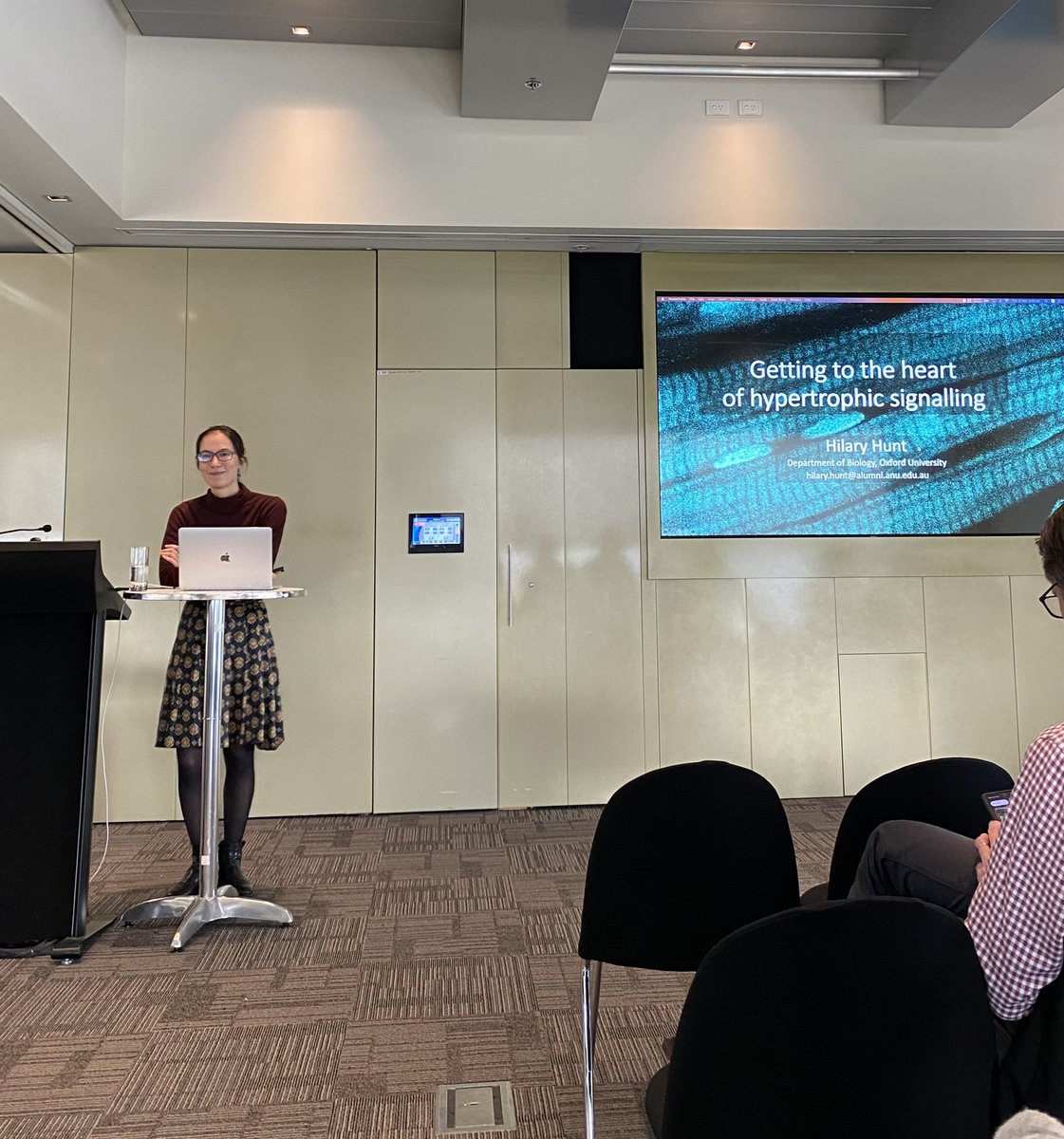
To close day 1, @PhilipMaini told us a wonderful story of some of Edmund’s impactful PhD work, and where it’s lead to, in his talk “Pattern formation on a growing domain: A tribute to Edmund Crampin”

From wet-lab, to bioinformatics, @WalterMuskovic presents his elegant talk “Using high temporal resolution gene expression data to study lncRNA functional roles”
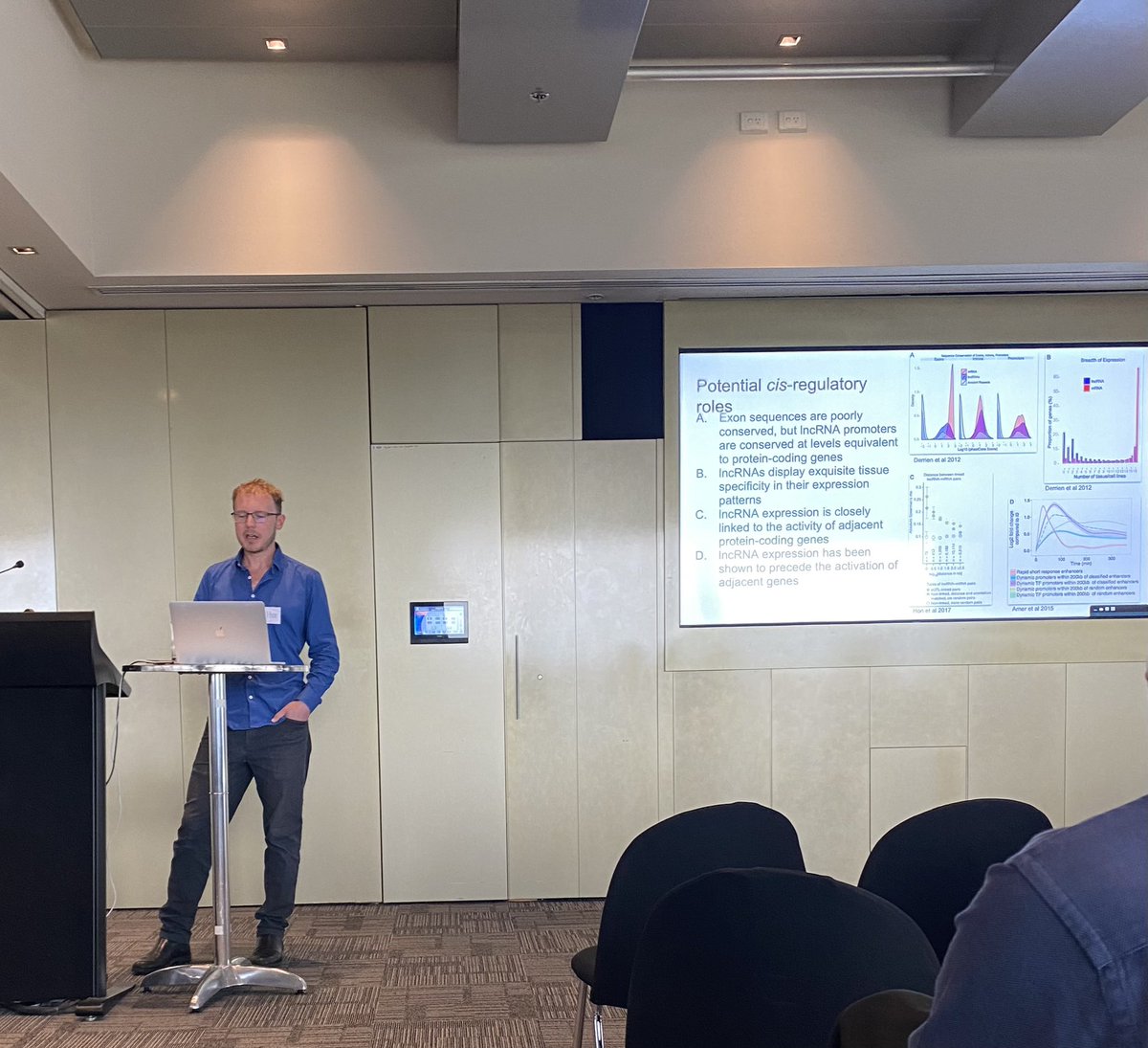
Wow, who would have thought we’d get to HEAR and ion channel today?! Thanks Ivo Siekmann for the very engaging talk “A hierarchical model of the inositol-trisphosphate receptor (IPR) - Gaining insight into conformational dynamics of ion channels via modal gating analysis”

United States Trends
- 1. #BaddiesUSA 39.3K posts
- 2. Rams 25.4K posts
- 3. Cowboys 93.4K posts
- 4. Eagles 133K posts
- 5. #TROLLBOY 1,506 posts
- 6. Stafford 11.4K posts
- 7. Bucs 11.2K posts
- 8. Baker 19.3K posts
- 9. Scotty 7,862 posts
- 10. Chip Kelly 5,843 posts
- 11. Raiders 61.2K posts
- 12. Teddy Bridgewater 1,042 posts
- 13. #RHOP 9,109 posts
- 14. Stacey 29.1K posts
- 15. Todd Bowles 1,566 posts
- 16. #ITWelcomeToDerry 10.5K posts
- 17. Pickens 30K posts
- 18. Ahna 4,692 posts
- 19. Browns 106K posts
- 20. Shedeur 121K posts
Something went wrong.
Something went wrong.







